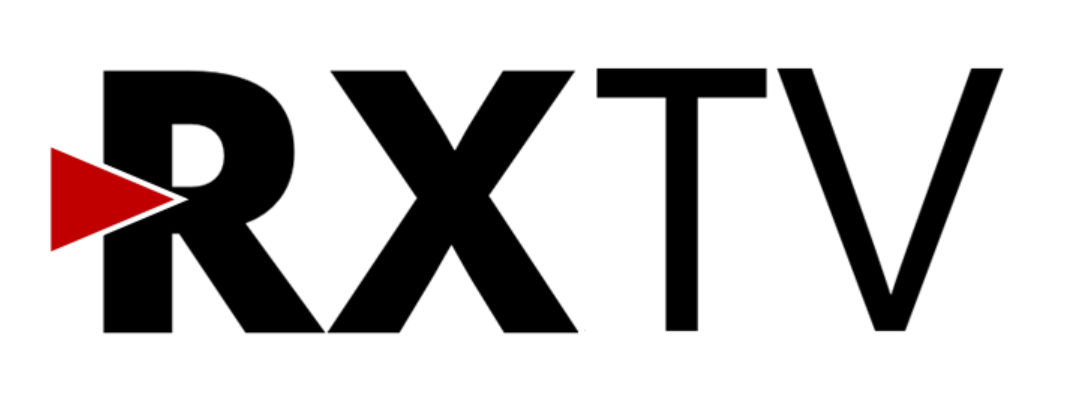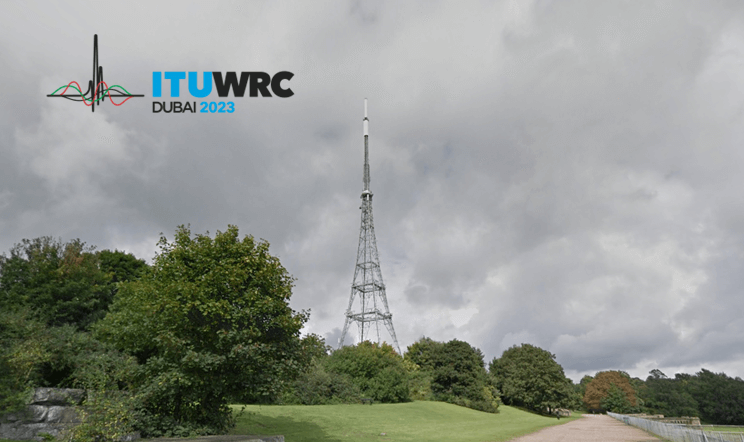Key decisions have been made on the future use of frequencies used for terrestrial TV, including Freeview in the UK and Saorview in the Republic of Ireland.
- Broadcasters retain primary rights to the spectrum used for terrestrial TV.
- Will give free-to-air platforms more time to develop and migrate viewers to IP-based platforms.
While all eyes were on COP28 in Dubai, at the same time a short distance away, delegates from around the world were making decisions over the future use of frequencies used for telecommunication services.
After four weeks, the World Radiocommunications Conference (WRC-23) concluded with initial reports indicating a reprieve for terrestrial TV broadcasters across Europe.
Technical documents released at the end of the conference confirm broadcasters will continue to enjoy primary access to the spectrum used to transmit services to homes.
The last WRC left terrestrial broadcasters with the possibility that the spectrum would no longer be available from 2030. That resulted in Ofcom issuing new broadcast licences with an early termination clause.
In Europe, the EBU and TV broadcast infrastructure groups had lobbied hard for ‘no change’ in the frequency usage.
But WRC-23 may only offer a reprieve, as terrestrial TV frequency use is expected to be back up for discussion later.
WRC-23 delegates didn’t just discuss TV frequencies. Decisions made at the conference will also impact future frequency usage for 5G/6G, wi-fi and satellite services.
The conference was organised by the ITU, an executive agency of the United Nations.
Time to prepare for the future
The decision means regulators, broadcasters and platform operators have time to migrate viewers to next generation services.
What constitutes a next-generation service varies considerably between countries.
In the UK and Republic of Ireland, the next two years will see the establishment of next-generation free-to-view TV platforms to replace Freeview and Saorview in their current form. The next-generation platforms will enable viewers to stream TV channels within a familiar TV guide and channel list. The goal is to make it easier for homes to switch to streaming, with channels presented on a familiar looking TV guide.
Elsewhere in Europe, countries including France are looking at offering UHD channels on terrestrial TV. And a number of states are looking at 5G Broadcast as their next generation free-to-view platform. 5G Broadcast allows users to access and stream Public Service Media on their TV, mobile or tablet. Importantly, access to 5G Broadcast comes without the need for a subscription or data plan.
But in parts of Belgium and Switzerland, terrestrial TV has already come to an end. That’s due to widespread cable and fibre internet availability.
What next?
In the next few days, there’ll be an avalanche of press releases, statements and comments from various stakeholders. Invariably, this will be where even losers will declare themselves as winners and details of the small print and compromises reached will become clear, similar to an international summit where every country claims victory.
Indeed, since this article was first published this morning, we’ve had confirmation that mobile services have secondary allocation in the TV frequency band in the UK and most Europe, but not Italy and Spain. But secondary allocation means if any mobile services do become available, they’re not allowed to interfere with TV, which means they would be extremely restricted.
What’s also certain is broadcasters won’t stand still. Broadcasting is changing, so terrestrial TV in its current form will also change. It just might be allowed to change a little more slowly thanks to WRC-23.
Marc Thornham
Updated 21:38

